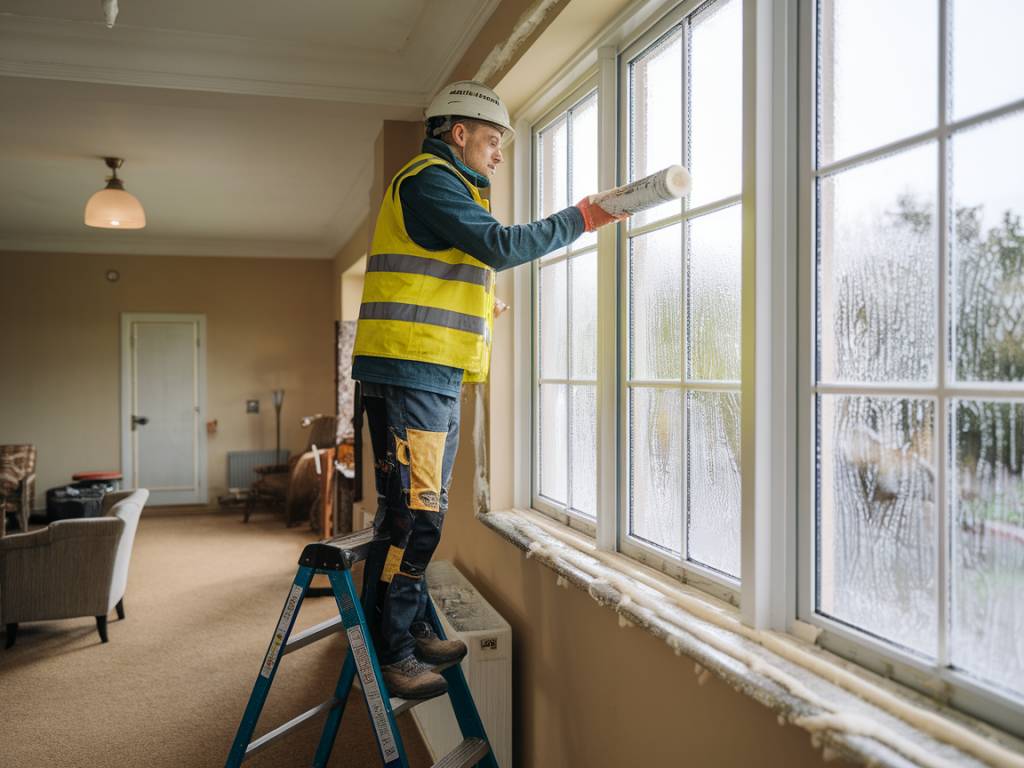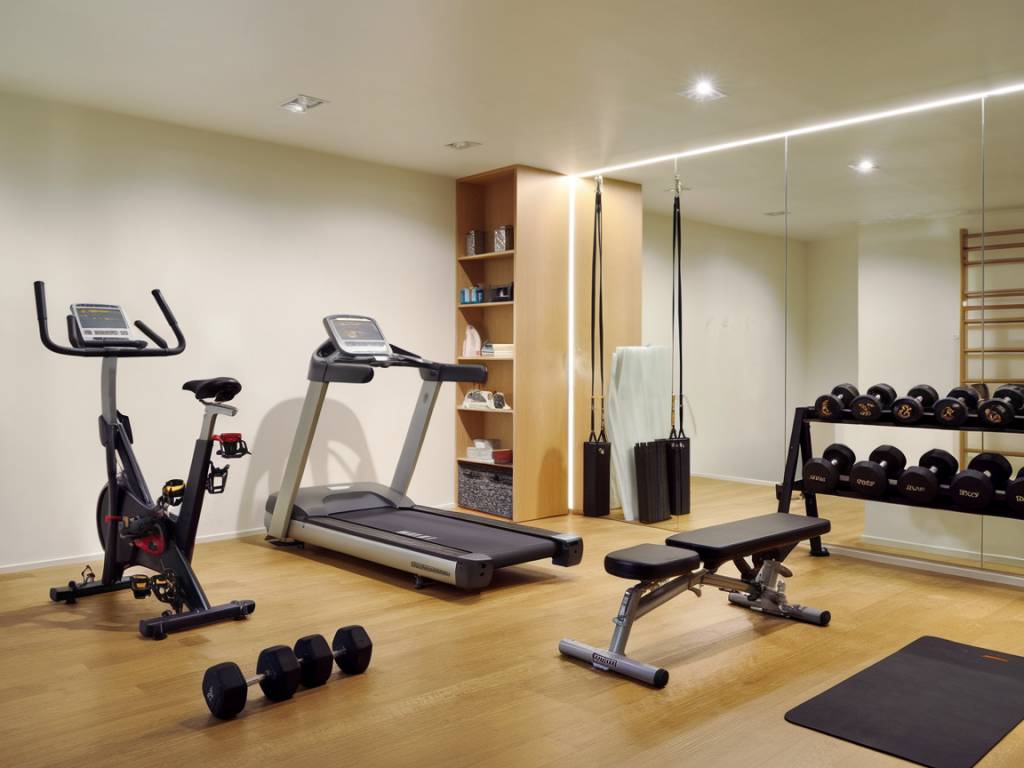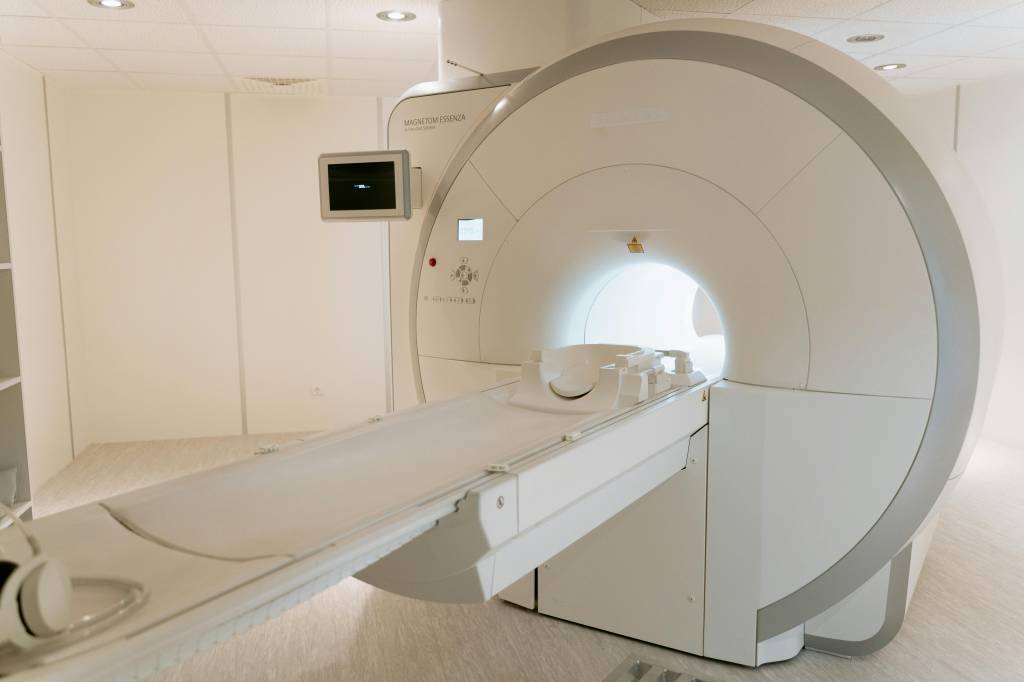Winter is coming, and with it, the chilling temperatures that can make your home feel more like an icebox than a sanctuary. To keep your house warm and your energy bills low, it’s essential to winterize your home. This process not only helps in conserving energy but also ensures that you and your family stay comfortable throughout the cold months. Here are some simple steps to winterize your home and save energy.
Inspect and Seal Windows and Doors
Windows and doors are common places where cold air can seep into your home. Start by inspecting all your windows and doors for any gaps or cracks. These small openings can significantly affect the temperature inside your home and increase your heating costs.
Using weatherstripping or caulking materials can effectively seal these gaps. Weatherstripping is ideal for movable components like doors and windows, while caulk works best for static fixtures. Check both the interior and exterior sides to ensure a complete seal.
Upgrade to Energy-Efficient Windows
If your budget allows, consider upgrading to energy-efficient windows. These windows have better insulation properties and can significantly reduce heat loss. Look for windows with a low U-factor and high R-value, which measure their insulating abilities.
Additionally, installing storm windows can add an extra layer of insulation, further minimizing heat loss and improving energy efficiency.
Insulate Your Attic and Walls
Proper insulation is crucial for maintaining a warm and energy-efficient home. Insufficient insulation can lead to significant heat loss, especially through your attic and walls.
Check the insulation levels in your attic and walls, and if needed, add more insulation. Materials like fiberglass, cellulose, and spray foam are excellent options. Ensuring your home is well-insulated can help maintain a consistent indoor temperature and reduce the strain on your heating system.
Seal Ductwork
Ductwork plays a vital role in distributing warm air throughout your home. However, leaks in the ductwork can cause significant heat loss and reduce the efficiency of your heating system.
Inspect your ductwork for any leaks or loose connections and seal them using metal-backed tape or mastic sealant. This step can improve the efficiency of your heating system and ensure that warm air reaches every part of your home.
Service Your Heating System
Before the winter chill sets in, it’s essential to service your heating system. A well-maintained heating system operates more efficiently and can save you money on energy bills.
Have a professional inspect and clean your furnace, boiler, or heat pump. They can check for any potential issues, clean components, and ensure that your system is running at peak efficiency. Regular maintenance can also extend the lifespan of your heating system.
Install a Programmable Thermostat
Investing in a programmable thermostat is an effective way to save energy and keep your home comfortable. A programmable thermostat allows you to set different temperatures for various times of the day, ensuring that your heating system runs only when needed.
For instance, you can set the thermostat to lower the temperature while you’re asleep or away from home and raise it just before you wake up or return. This not only reduces energy consumption but also ensures a comfortable living environment.
Reverse Ceiling Fans
Ceiling fans are not just for summer cooling; they can also help in winter heating. Most ceiling fans have a switch that allows you to reverse the direction of the blades.
By reversing the blades to run clockwise, the fan pushes warm air down from the ceiling, distributing it evenly throughout the room. This simple step can enhance the effectiveness of your heating system and keep your home warmer.
Utilize Window Treatments
Window treatments like curtains and blinds can play a crucial role in insulating your home. During the day, open curtains on south-facing windows to allow sunlight to naturally heat your home.
In the evening, close curtains and blinds to retain the heat and prevent cold air from seeping in. Heavier, insulated curtains are particularly effective at keeping your home warm during the colder months.
Perform a Home Energy Audit
Conducting a home energy audit is an excellent way to identify areas where you can improve energy efficiency. A professional energy auditor can assess your home and provide recommendations for enhancing insulation, sealing gaps, and upgrading to energy-efficient systems.
This comprehensive evaluation can help you prioritize improvements and implement the most effective measures for winterizing your home and saving energy.
Insulate Your Water Heater and Pipes
Insulating your water heater and pipes can reduce heat loss and improve energy efficiency. A water heater blanket can minimize heat loss, ensuring that your water heater doesn’t have to work as hard to maintain the desired temperature.
Similarly, insulating hot water pipes can prevent heat loss as the water travels to faucets and showers. This step not only saves energy but also ensures a quicker supply of hot water.
Block Unused Chimneys
If you have a chimney that you don’t use, consider blocking it to prevent warm air from escaping and cold air from entering your home. A simple chimney balloon or a custom-made cap can effectively seal the chimney and improve energy efficiency.
Be sure to remove the block if you plan to use the chimney, and always follow safety guidelines to prevent any potential fire hazards.
Use Area Rugs and Carpets
Area rugs and carpets add a layer of insulation to your floors, helping to keep your home warmer. They can be particularly effective on hardwood or tile floors, which tend to be colder.
In addition to providing warmth, rugs and carpets can add to the aesthetic appeal of your home, making it feel cozier and more inviting during the winter months.
Consider Alternative Heating Sources
If you’re looking for additional ways to heat your home efficiently, consider using alternative heating sources like space heaters, pellet stoves, or electric blankets. These sources can supplement your primary heating system and provide targeted warmth where you need it most.
Make sure to follow all safety instructions when using alternative heating sources to prevent any potential fire hazards.
Check and Replace Filters
Clogged or dirty filters can reduce the efficiency of your heating system and increase energy consumption. Regularly check and replace filters in your furnace, heat pump, or air handler to ensure optimal performance.
Clean filters allow your heating system to operate more efficiently, resulting in lower energy bills and a more comfortable home.
By following these simple steps, you can effectively winterize your home, stay warm, and save energy during the cold months. These measures not only promote energy efficiency but also create a comfortable living environment for you and your family.






